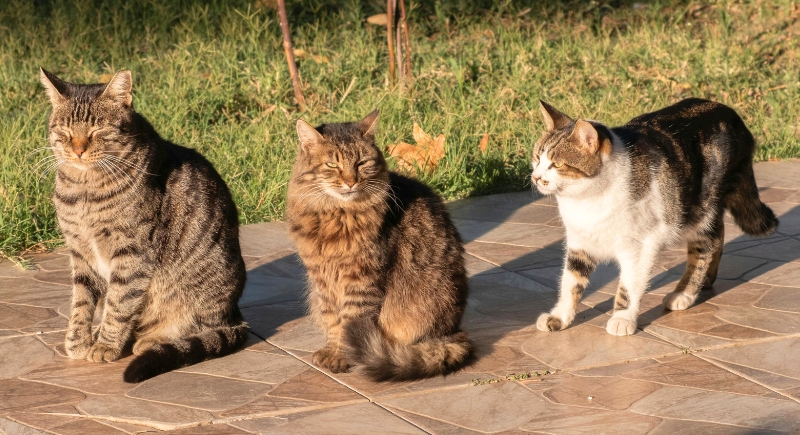This One Cat in Florida is a Virus-Discovering Machine for Scientists
Pepper is a black short-haired cat living in Florida with a surprising tie to scientific research. He shares a home with Dr. John Lednicky, a virologist at the University of Florida. What sets Pepper apart isn’t his breed or his age, but his habit of dragging home deceased animals.
As odd as it sounds, that routine has helped scientists find not one but two previously undiscovered viruses, first in 2024 and then again in 2025.
Dr. Lednicky focuses on viruses that can move between animals and people, a field that often requires unpredictable sources. So, when Pepper drops off one of his usual rodent trophies, Lednicky makes sure to bring it into the lab. Who knew that ordinary cat behavior could end up feeding directly into active research and prove unexpectedly valuable, too?
Identification Of a New Orthoreovirus Strain
A recent find began with an Everglades short-tailed shrew, Blarina peninsulae, retrieved during one of Pepper’s routine outings. Testing in the lab revealed the shrew carried an unidentified strain of orthoreovirus. For those who are not aware, this is a group of viruses known to infect a wide range of animals and birds, and even humans.
The newly identified strain was named Gainesville shrew mammalian orthoreovirus type 3 strain UF-1, and its full genetic sequence was published in Microbiology Resource Announcements. Although it hasn’t shown signs of posing an immediate threat, orthoreoviruses have occasionally been linked to meningitis, encephalitis, and gastrointestinal illness in children.
According to Lednicky, the virus’s ability to swap genetic material with other strains raises concerns about what it could evolve into, which makes early detection a key part of the work.
Jeilongvirus Found In 2024

Image via iStockphoto/lurii Garmash
As you already know, the orthoreovirus wasn’t Pepper’s first scientific contribution. In 2024, he brought home a rodent that led to the detection of a new strain of jeilongvirus. That virus, named Gainesville rodent jeilongvirus 1, had never been recorded in North America before.
The jeilongvirus belongs to the same virus family as measles and mumps. The new strain raised concern because it showed an ability to infect primate cells. Researchers considered it a generalist virus, with the potential to cross between species.
Pepper’s Role in a Larger Surveillance Picture
Pepper may not know it, but he’s become a small but steady force in virus research. His rodent deliveries have led to discoveries that go beyond just two isolated cases. Lednicky’s lab has also identified two formerly unknown viruses in farmed white-tailed deer. In one surprising case, they found an orthoreovirus in deer with nearly identical genes to strains detected in mink in China.
Outdoor Cats and the Risk of Spillover

Image via Pexels/Doğan Alpaslan Demir
The developments linked to the cat in Florida also highlight an issue with free-roaming pets. Outdoor cats kill large numbers of small animals every year. Each of those interactions creates a possible opportunity for viruses to move between species.
On this note, public health experts have recently warned about the potential for domestic cats to spread bird flu to humans. While Pepper has remained healthy, his behavior represents a wider trend that researchers are watching closely.
University officials confirmed that the pet has shown no symptoms of illness after its encounters with infected animals. He continues to roam outdoors and bring back samples that could lead to more scientific findings. Though he acts on instinct, his contributions have supported virology research in unexpected ways. All the while, he has no idea he’s playing a significant role in expanding what experts know about viruses.